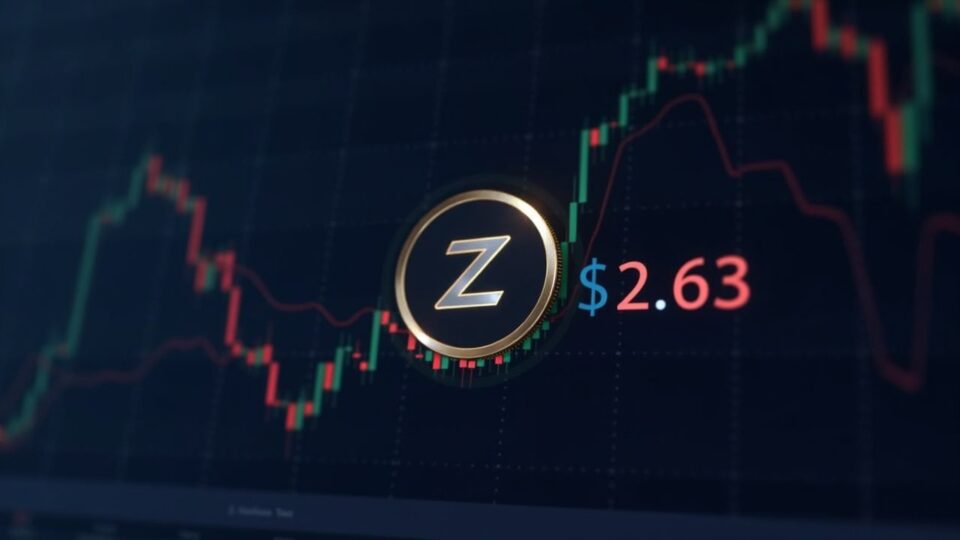Zcash (ZEC) has come into focus due to projections pointing to a $1.500 price target, driven by strong recent gains and expectations around its scheduled halving; this matters because it affects retail investors, leveraged traders and the liquidity of markets that already show significant short positions. According to consulted reports, the dynamic combines technical advances, speculation from influential figures and regulatory risks that can condition any bullish run.
The recent momentum is not purely rhetorical: ZEC accumulated rallies of around 400% in one month and more than 1.130% in three months, surpassing the $400 level in the process, according to cited data.
Technologically, Zcash bets on privacy and has seen more than $1.000 million of supply interoperating with the Orchard protocol, equivalent to 27% of total tokens, which fuels the narrative of demand for private transactions.
The on‑chain timeline adds upward pressure: the Zcash halving scheduled for November 2025 will reduce the mining reward by half, an event that historically generates scarcity expectations and that many traders consider a catalyst.
Context and impact of the Zcash (ZEC) price prediction
Technical indicators show intensity and caution: an RSI reading above 70 has been interpreted as intense buyer control, although it warns of overbought conditions.
Not everything is consensus, there are extreme projections that raise targets to much higher figures ($65.627 or $85.573) and other conservative voices that estimate ranges between $34 and $65 for 2030 or even falls to $4,30.
ZEC’s history recalls its volatility, as it was more than 98% below its all-time high of $5.941,80. With more than $16 million in short positions versus $5 million in longs, the market shows asymmetric leverage that can accelerate moves in both directions.
Sentiment and FOMO while public statements by influential figures have intensified demand, increasing sensitivity to news and market moves.
The next verifiable milestone is the November 2025 halving; that event, together with the evolution of regulatory scrutiny and leverage management, will determine whether the path to $1.500 is sustainable or riddled with setbacks.

